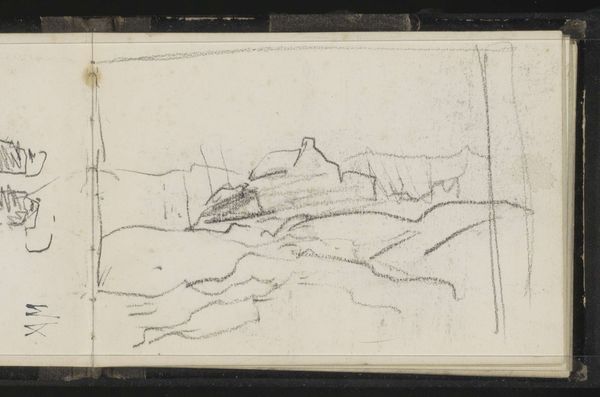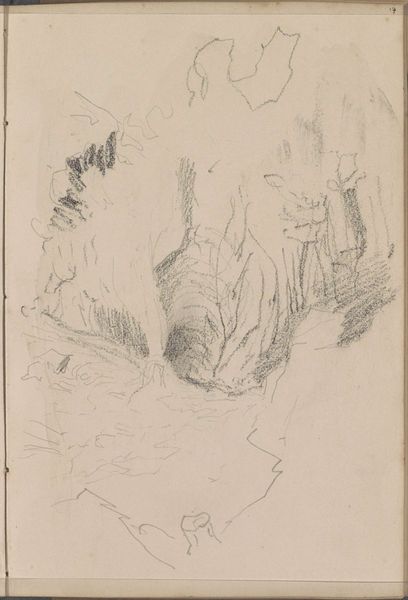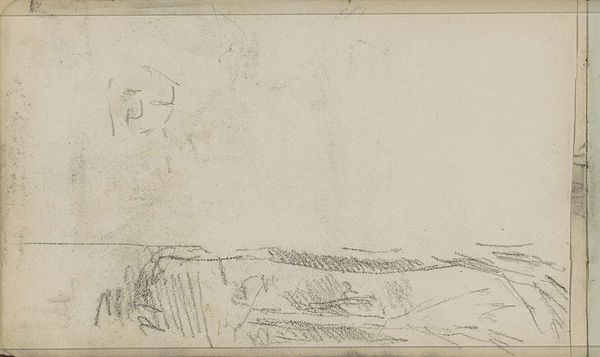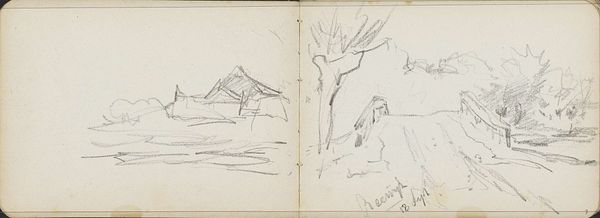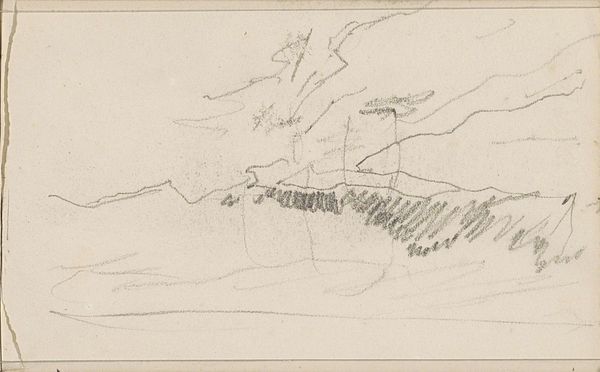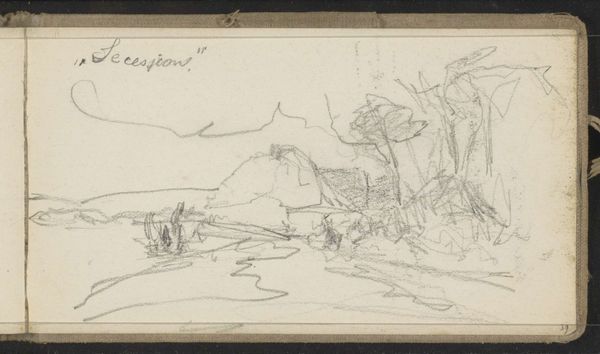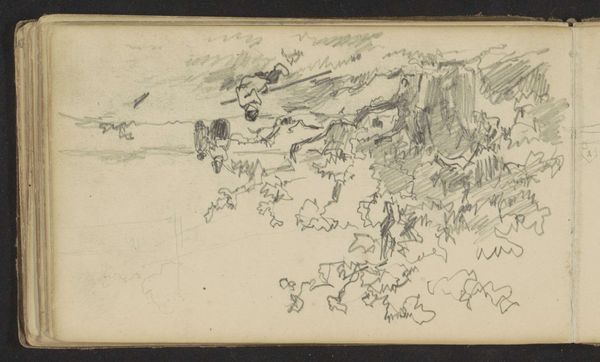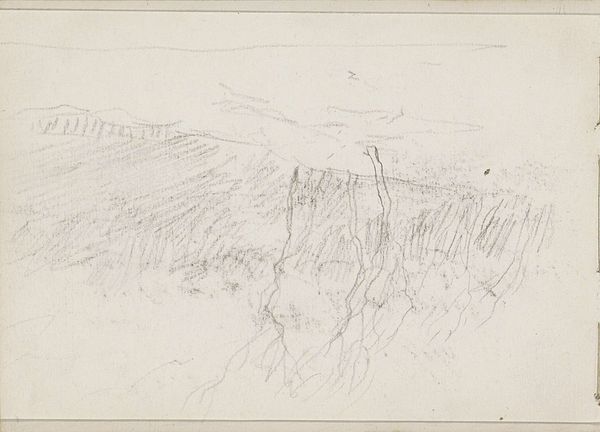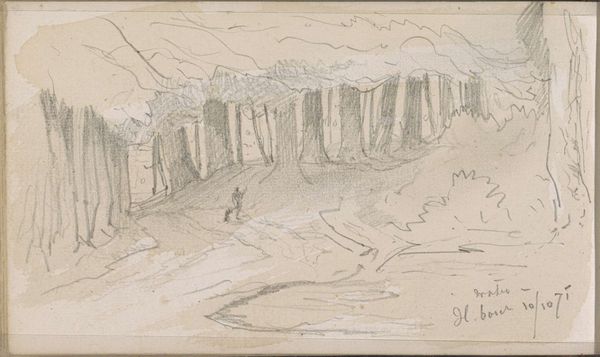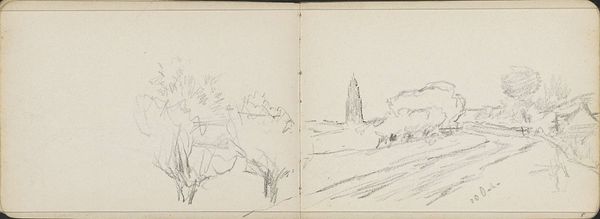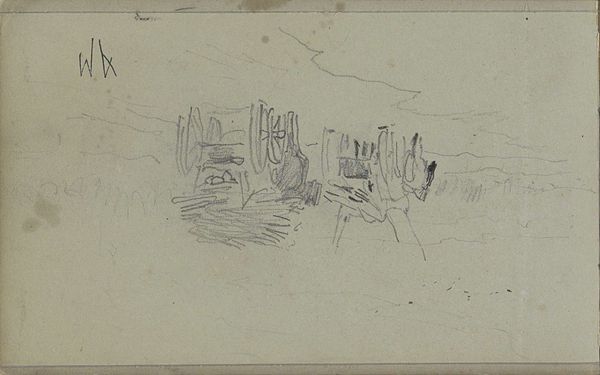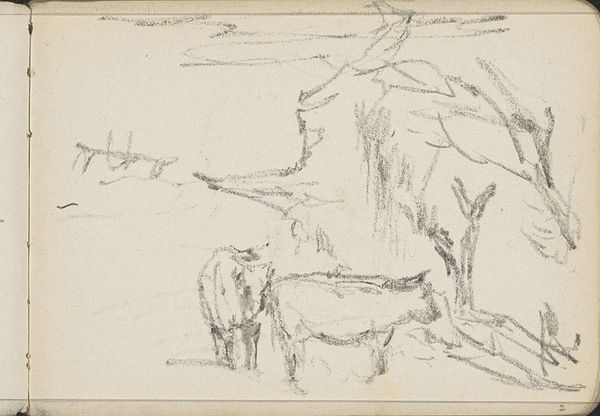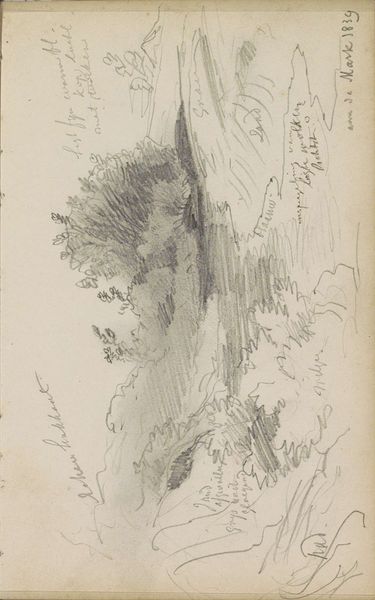
drawing, pencil, graphite
#
drawing
#
landscape
#
pencil
#
graphite
#
realism
Dimensions: height 113 mm, width 159 mm
Copyright: Rijks Museum: Open Domain
Willem Cornelis Rip created this drawing, "Molen te Papenburg," using graphite. Notice the windmill, a dominant symbol in the Dutch landscape, and how it represents ingenuity and resilience in the face of natural forces. But let's consider how the symbolic weight of the windmill transcends its practical function. The windmill’s recurring image reminds me of similar structures throughout history, like the watermills in ancient Rome. These were also symbols of man's attempt to harness nature. Over time, the windmill has become a powerful emblem of cultural identity and technological progress. Think about Don Quixote tilting at windmills; a symbol of outdated ideals. Here the image might evoke a sense of nostalgia, a yearning for simpler times, and a connection to ancestral roots. This image engages viewers on a subconscious level, tapping into a collective memory of human innovation. It's a reminder of how symbols continuously resurface, evolve, and gain new meanings across different historical contexts.
Comments
No comments
Be the first to comment and join the conversation on the ultimate creative platform.
